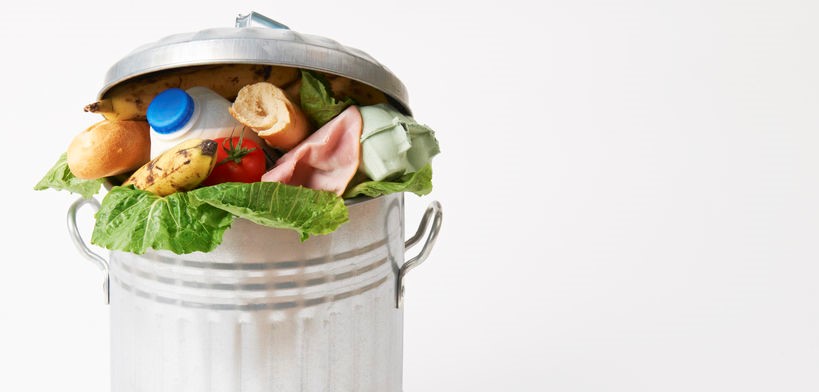Studies show that 9 out of 10 cooks throw out perfectly good food.
By Susan Saldibar
Cue that pumping electric guitar beat and imagine it’s 1982 and you’re kicking back and head-bobbing to Clash’s now iconic tune. Now replace “I” with “it”.
Should it stay or should it go now?
Should it stay or should it go now?
If it stays too long, it could be trouble.
And if it goes it could cost double,
So come on and let me know,
Should it stay or should it go?
When Dana Fillmore, Healthcare Customer Marketing Manager for Gordon Food Service (a Senior Housing Forum partner), conducts her food “Date Coding” presentations, she gets everyone singing the popular oldie (with word replacements, of course). But why?
As Dana tells me, there is nothing like a popular song to instill in those who handle food, how important it is to understand the date coding on the food they open and prepare. Studies show that 9 out of 10 cooks throw out perfectly good food. So, unless you’re confident that your chef is the one left standing, you’ll want to read on.
Yes, you can cut way down on waste safely, without making anyone sick.
Dana shared her full presentation with me and, as a consumer, I found it eye-opening. I can only imagine the kind of waste occurring in senior living community kitchens!
Here is what you need to know to make better use of your food and cut down on waste:
-
Be informed. Know the difference between “Code Dating” and “Date Marking”:
-
-
Code Dating (Quality guidelines): These are quality guidelines set by manufacturers. Because they reflect quality, as opposed to safety, this is where waste occurs. “Often due to confusion, food preparers will toss food that could have been used a week longer,” Dana tells me. Here are the three most common code dating quality “stamps” we all see on food:
-
Sell By: These are the dates for the store to use as a guideline for when to pull food from the shelves.
-
Best If Used By: This is the date that the food manufacturer uses as the end date at which the food may lose some of its freshness or taste.
-
Use By: This is the last date recommended to use the product. This date is determined by the manufacturer.
-
-
-
-
Date Marking (Safety rules): This is about food safety and it refers to those foods labeled as TCS/PHF foods (Time and Temperature Control for Safety/Potentially Hazardous Foods). Senior living communities need to pay close attention to how these foods are handled and stored. Here is the “rule of thumb” from the FDA and Gordon Food Service:
-
TCS/PHF foods can be kept for 7 days, if under proper conditions.
-
Day 1 is the day the food is prepared or opened.
-
Foods that are exempt are: deli salads prepared and packaged in a food processing plant, cultured dairy products (yogurt, buttermilk) and certain hard and semi-soft cheeses.
-
Here is an example from a chart provided by the FDA Food Code:

-
-
-
Use best practices. Once you understand the difference between code dating and date marking, you need to use FDA best practices to create your own procedures and policies. Make sure all food items are clearly labeled appropriately and in conjunction with your policy. Finally, make sure that your entire team understands and is able to enforce your policy.
-
Train your team. How clearly have you communicated your expectations to your staff? Make sure to revisit them regularly to be certain your team understands the methods you are using to determine “consume by” dates. Reinforce your rules and spot check regularly.
It’s a delicate balance. But it pays to get it right.
As Dana explains, “People go overboard when they see expiration date markings on food. Senior living communities need to find the right balance of how long you can keep food,” she says. “Understand the difference between quality and safety regulations. Those crackers you are about to toss may still be perfectly good!”
Dana has a great infographic that gives a lot more detail on food date coding. You can access it here.
You can also get a lot more details on food storage and safety tips by visiting the Gordon Food Service website.
Click on the button below to download a PDF copy of this article:










